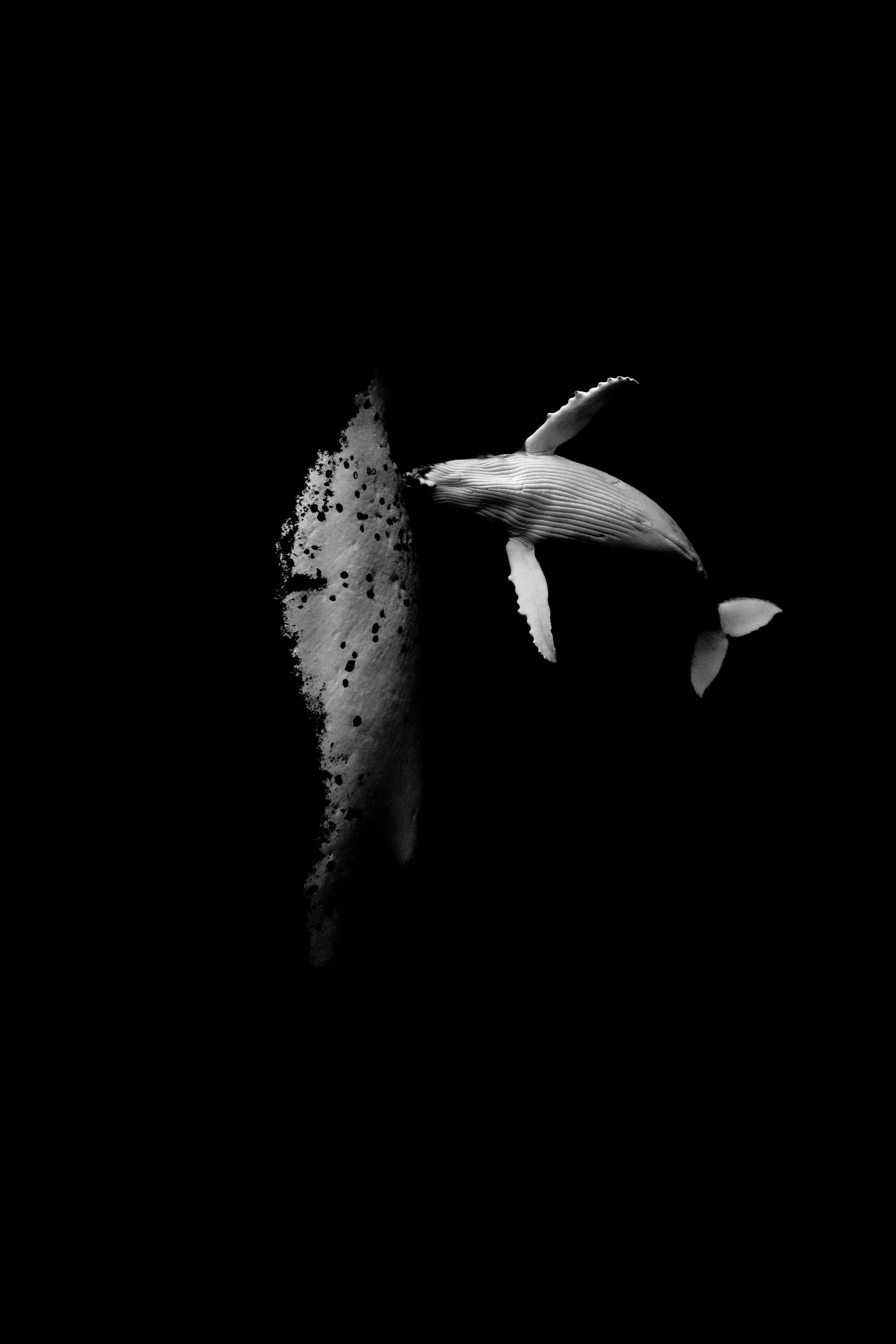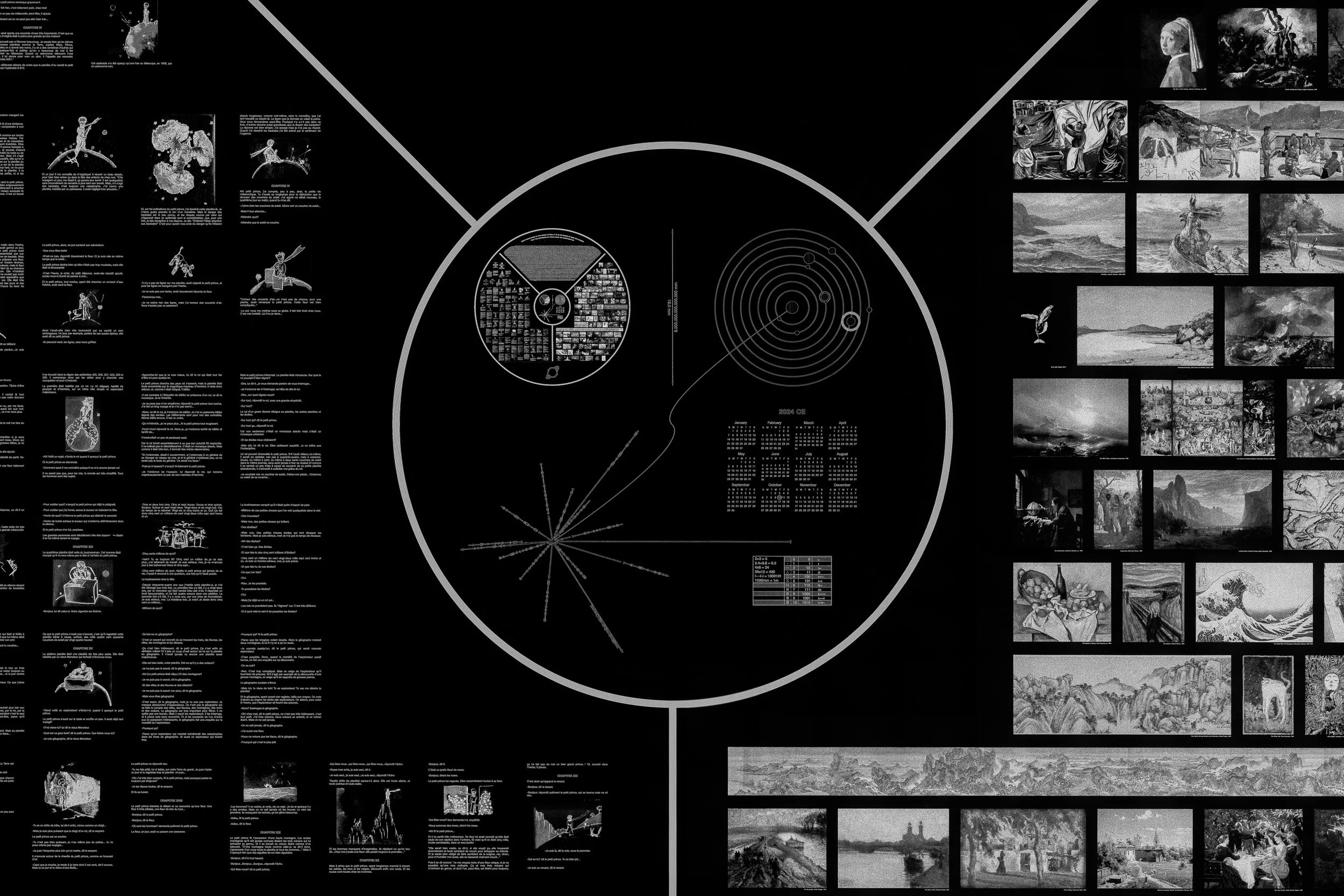“Matt Draper’s underwater photography, using only natural light, is incredibly evocative of the vastness of the ocean, but it's also an intimate introduction to the individual characters of a species.”
— Vogue Australia
Matt Draper brings his creative vision to existence through unconstrained immersion, revealing life beneath the surface.
By patiently navigating untamed environments, Draper seeks to better understand each individual he interacts with. Working with only natural light on a series of single breaths, he manoeuvres concept to creation with minimal disturbance. Draper's art breaks barriers between human and animal, merging realms and revealing distinct characteristics of unfamiliar physicality and hidden intuitive behaviours – resulting in a dynamic balance of vastness and intimacy.
-
Draper’s work from recent years is created exclusively using a manual focus Leica rangefinder, a deliberately demanding approach that defines both his process and his pursuit of perfection. This same commitment led to the founding of SUB13, Draper’s personal project turned industrial design venture, dedicated to engineering fully functional underwater housings for Leica cameras. What began as a vision to fuse the Leica rangefinder with his fine art practice has evolved into a collaborative design effort, supporting creatives and collectors alike.
A Matt Draper fine art print is unique and exclusive, belonging to a signature series. His work is part of renowned private collections, with most editions sold before they are publicly viewed or displayed.
LATEST
Matt Draper Selected for UNESCO Lunar Archive
Matt Draper is proud to share that his work has been selected as the only photograph and he, the only photographer, included on the UNESCO x Barrelhand Memory Disc V3. This extraordinary project, now confirmed for three official lunar missions through 2027, will carry a coin-sized artifact aboard a lunar lander and two lunar rovers.
Built with cutting-edge NanoFiche technology at a resolution 420 times finer than a human hair, the disc is engineered to survive over a million years on the Moon, preserving culture, language, and the arts alongside historic works such as the Mona Lisa and the original French edition of Le Petit Prince.
Draper’s selected photograph, Bow, 2015, was included in hopes that any future intelligence discovering it will be inspired to protect Earth’s oceans.




